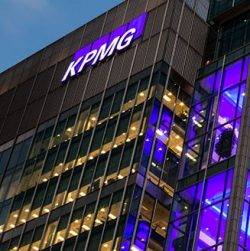December 22, 2016
Government plans to tackle gender pay gap oversimplify the issue, say experts 0
 Companies with 250 or more employees will soon be required to give overall statistics about levels of pay for each gender. But experts say real change will only come about if employers were required to present this data in a more expansive way, accompanied by a reflective report explaining any gender pay gap alongside an action plan of how they intend to close them. Unless this happens, the new regulations requiring companies to report pay gaps between men and women are potentially “superficial” and will not necessarily tackle the complex reasons why females still have lower salaries on average, new research shows. Employers told researchers from the University of Exeter, University of Bath and Cardiff University that the Government’s proposals would over-simplify issues, just advertise pay rates without giving context and may not benefit all female staff. The study has been undertaken as part of a research collaboration facilitated by the GW4 Alliance, which brings together four of the most research-intensive and innovative universities in the UK; the universities of Bath, Bristol, Cardiff and Exeter.
Companies with 250 or more employees will soon be required to give overall statistics about levels of pay for each gender. But experts say real change will only come about if employers were required to present this data in a more expansive way, accompanied by a reflective report explaining any gender pay gap alongside an action plan of how they intend to close them. Unless this happens, the new regulations requiring companies to report pay gaps between men and women are potentially “superficial” and will not necessarily tackle the complex reasons why females still have lower salaries on average, new research shows. Employers told researchers from the University of Exeter, University of Bath and Cardiff University that the Government’s proposals would over-simplify issues, just advertise pay rates without giving context and may not benefit all female staff. The study has been undertaken as part of a research collaboration facilitated by the GW4 Alliance, which brings together four of the most research-intensive and innovative universities in the UK; the universities of Bath, Bristol, Cardiff and Exeter.


































December 15, 2016
Commuting – stressful, annoying or just another opportunity? 0
by Mike James • Comment, Flexible working, Wellbeing
More →